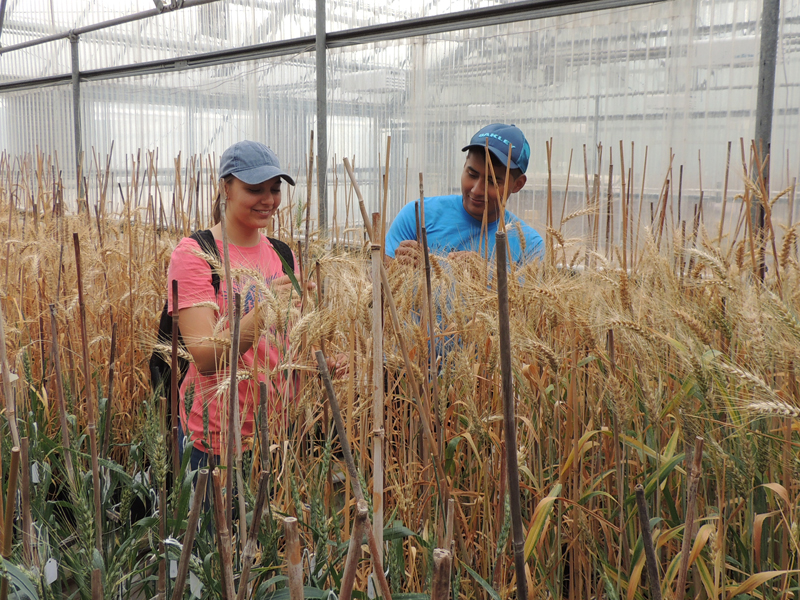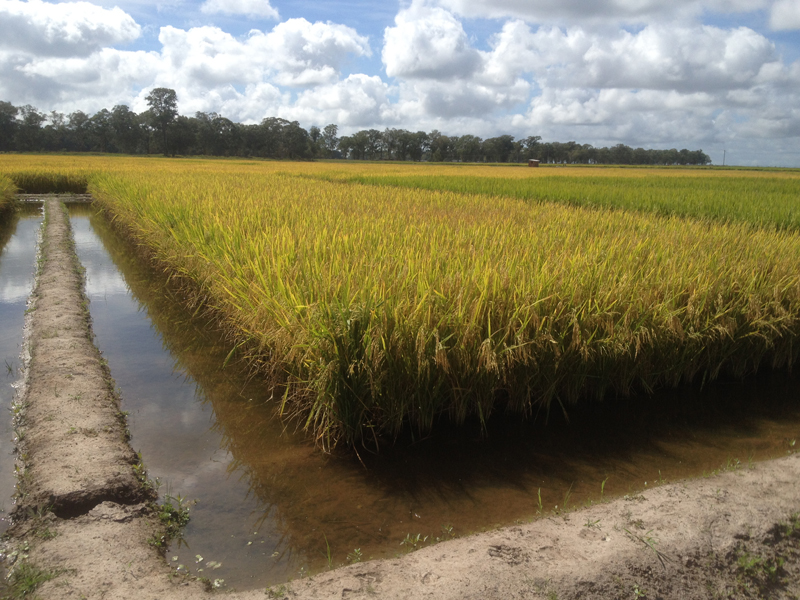Genetics

It’s not fun when a fungus contaminates crops. Safe native fungi, however, show promise in the fight against toxic fungal contamination.


The plant world works in mysterious ways. We often think of plants producing flowers so those flowers can produce seeds for the next generation. But what would be the purpose of a flower that doesn’t bear seeds?
“We were particularly perplexed as to why a plant would invest energy if that structure isn't making a seed,” says Elizabeth Kellogg. “It seems as though it would be a waste of energy.”

More than 750 million people don’t get enough nutrients from their food. More than two-thirds of those people live in places that consume a lot of rice. Can rice bred for extra protein be the answer?
“There are hundreds of millions of people around the world who depend on rice and eat it three times a day, but their access to protein is very limited by availability and cost,” explains Herry Utomo, a professor at Louisiana State University. “High-protein rice can be used to help solve the worldwide problem across social, cultural, and economic issues.”

The beloved peanut usually grows in sandy soil where there might not be much moisture. But some varieties of peanut perform better in drought than others. They use less water when there isn’t much to go around, and remain productive as drought deepens. Crop scientists are trying to find the peanut varieties best at it.
Thomas Sinclair at North Carolina State University and colleagues are studying peanut varieties to find a ‘water conservation’ trait. It would help the plant maintain a high yield during a drought.

Beans are awesome. They are packed with nutrients and are high in protein. They can grow in many different environments. They help replenish soil nitrogen levels. They are a vital crop for food security in many parts of the world.

But a small beetle can cause big losses to bean crops.

Is biofortification the best thing since sliced bread? Well, biofortified wheat could certainly make it easier to help some humans get proper nutrition.


Imagine a gardener, plant explorer, geneticist, and computer specialist all rolled into one job. You might call that person a steward of plant genetic resources.


A tiny pest can cause huge losses to soybean farmers.

Several top soybean producing states in the U.S. are in the Upper Midwest. In these states, an insect–the soybean aphid–is a damaging pest. Each year, soybean aphids cause billions of dollars in crop losses.

The world produces more corn by weight than any other cereal crop. Corn, also known as maize, is a staple food in many countries. But farmers growing corn face many challenges, such as drought, diseases, and pests.


